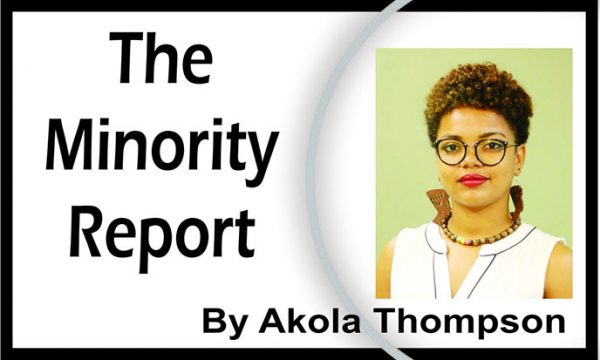A lot of holidays during my younger years were spent in mining communities. A good portion of my family were involved in mining and for a while I saw it as being this wondrous job. I didn’t understand why it was that mining communities often got such a bad rap. From the eyes of idealism, they were seen as places of exciting adventures. Adults however, viewed them as places filled with violence and debauchery, no place for the good and certainly no place for children. With passing time I was able to recognize that the negative reviews mining communities received were not without justification.
There is almost a heightened patriarchal violence that can be found in mining communities. Given close community ties and corrupt/absent police presence, abuse against women and girls are normalized and accepted as the standard. There is very little concern and accountability for those that experience sexual and physical violence. Part of this also has to do with limited economic and developmental opportunities that exist within these communities.
 Generations of families have been involved in the industry and many see it as the only viable option for their economic development. Mostly existing in outlying communities that are heavily underfunded by the government, educational facilities are lacklustre and job opportunities are in short supply. This contributes towards a cycle of young men leaving school to join in the search of gold, hoping they will be amongst the lucky who strike it rich.
Generations of families have been involved in the industry and many see it as the only viable option for their economic development. Mostly existing in outlying communities that are heavily underfunded by the government, educational facilities are lacklustre and job opportunities are in short supply. This contributes towards a cycle of young men leaving school to join in the search of gold, hoping they will be amongst the lucky who strike it rich.
Taught to shoulder the responsibilities of their families, young girls are often encouraged to seek out partners to bring income into the home. Familial sex trafficking of young girls is fairly common in our society. This act robs them of their childhood as they are exploited to provide, making it difficult for them to pursue other opportunities. Added to this is the frequent contraction of STIs and high rates of teenage pregnancy, perpetuating the continuation of intergenerational poverty. Statistics on abuse and exploitation are often provided on these communities but what is not explored is how lack of social and economic opportunities are directly linked to the lack of progressive development.
There are high levels of labour and sexual trafficking within these communities. While often unaddressed, labour trafficking is very high in mining areas and those along the coast. Many are forced into performing unpaid or underpaid labour but due to limited options are forced to continue participating in their own exploitation.
Women face the bulk of this exploitation as they are largely viewed either as service people or entertainment for miners plying their trade. Those from whom they sought employment take advantage of these women, luring them to “Back dams” with promises of quick money. They might go expecting shopkeeper jobs only to be sexually exploited, coerced and threatened into staying. Relying on others for food, boarding and money, these women often have no recourse, particularly if it is that they are migrants or do not have familial connections they can turn to.
The distinction must be made between those who are sexually exploited vs. those who willingly participate in sex work however. Given our puritanical standards in society, the lines often get blurred between sex trafficking and sex work. Sex trafficking is when someone is forced into selling sex, while sex work is when someone makes the personal decision to utilize sex to earn. Sex work is work and must be treated that way, but sex workers continue to be maligned and harassed under discriminatory anti-trafficking laws and policies.
Our people are starved for economic and developmental opportunities and reliance on extractive industries continues to harm both communities and their environments. The sexual, physical and economic violence that abounds in mining areas does not occur by chance, it is a result of decades of underdevelopment and disinterest. There has to be substantial movement away from our extractive industries and focus on community development that centres the safety of women and girls. As is the case with governments however, the focus on temporary economic growth continues to take precedence over everything else. Awareness of our social ills and inequalities can be good, but it is only effective if necessary resources back it up.









